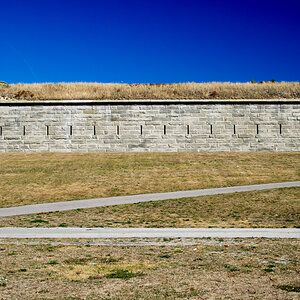OP
OP
Iron Flatline
Guest
Helen was clear about that... and frankly, I don't need a lot of excuses to go to B&H.
I am so all over the map right now that I'm not sure what direction I'm headed in. There's other forums on which I posted this question, and I'm getting a lot of info there, too.
I need to be realistic with myself. I also need to be honest. This is a hobby, and as such it needs to be fun for me. I need to keep the learning curve at a reasonable angle for me, and that invariably means I want to go toward a system that can do film as well as digital. I don't want to start with film, it's been too long, but I want the option to go there as well.
On another forum, one photographer spoke very highly of the Sinar Hy6 system for that very reason - easy to switch the backs quickly, and great lenses. But with the Sinar I don't see the ability to work with tilts and to "get my Scheinpflug on..."
But again, I have NO IDEA so far, and am talking out of my theoretical butt. I feel like one of those 16 year old boys talking about 500 hp Italian cars, but they've never even sat in one, never mind taken it across the Alps.
I am so all over the map right now that I'm not sure what direction I'm headed in. There's other forums on which I posted this question, and I'm getting a lot of info there, too.
I need to be realistic with myself. I also need to be honest. This is a hobby, and as such it needs to be fun for me. I need to keep the learning curve at a reasonable angle for me, and that invariably means I want to go toward a system that can do film as well as digital. I don't want to start with film, it's been too long, but I want the option to go there as well.
On another forum, one photographer spoke very highly of the Sinar Hy6 system for that very reason - easy to switch the backs quickly, and great lenses. But with the Sinar I don't see the ability to work with tilts and to "get my Scheinpflug on..."
But again, I have NO IDEA so far, and am talking out of my theoretical butt. I feel like one of those 16 year old boys talking about 500 hp Italian cars, but they've never even sat in one, never mind taken it across the Alps.



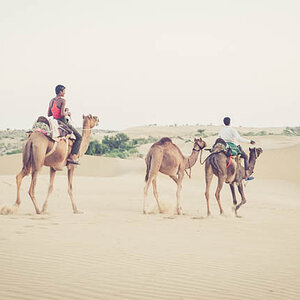
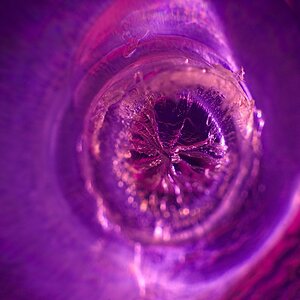
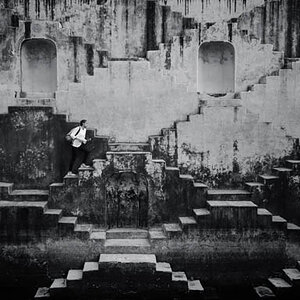
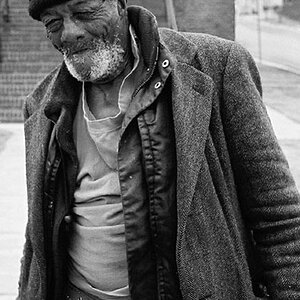
![[No title]](/data/xfmg/thumbnail/34/34053-89f2960a2f30add00b9b4379abd6dd12.jpg?1619736253)


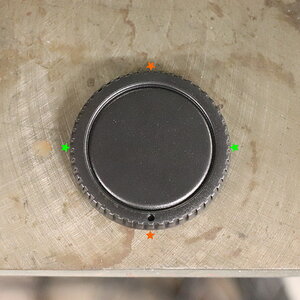
![[No title]](/data/xfmg/thumbnail/38/38743-ad854d502dddc7f41a927f1731a504cd.jpg?1619738704)

